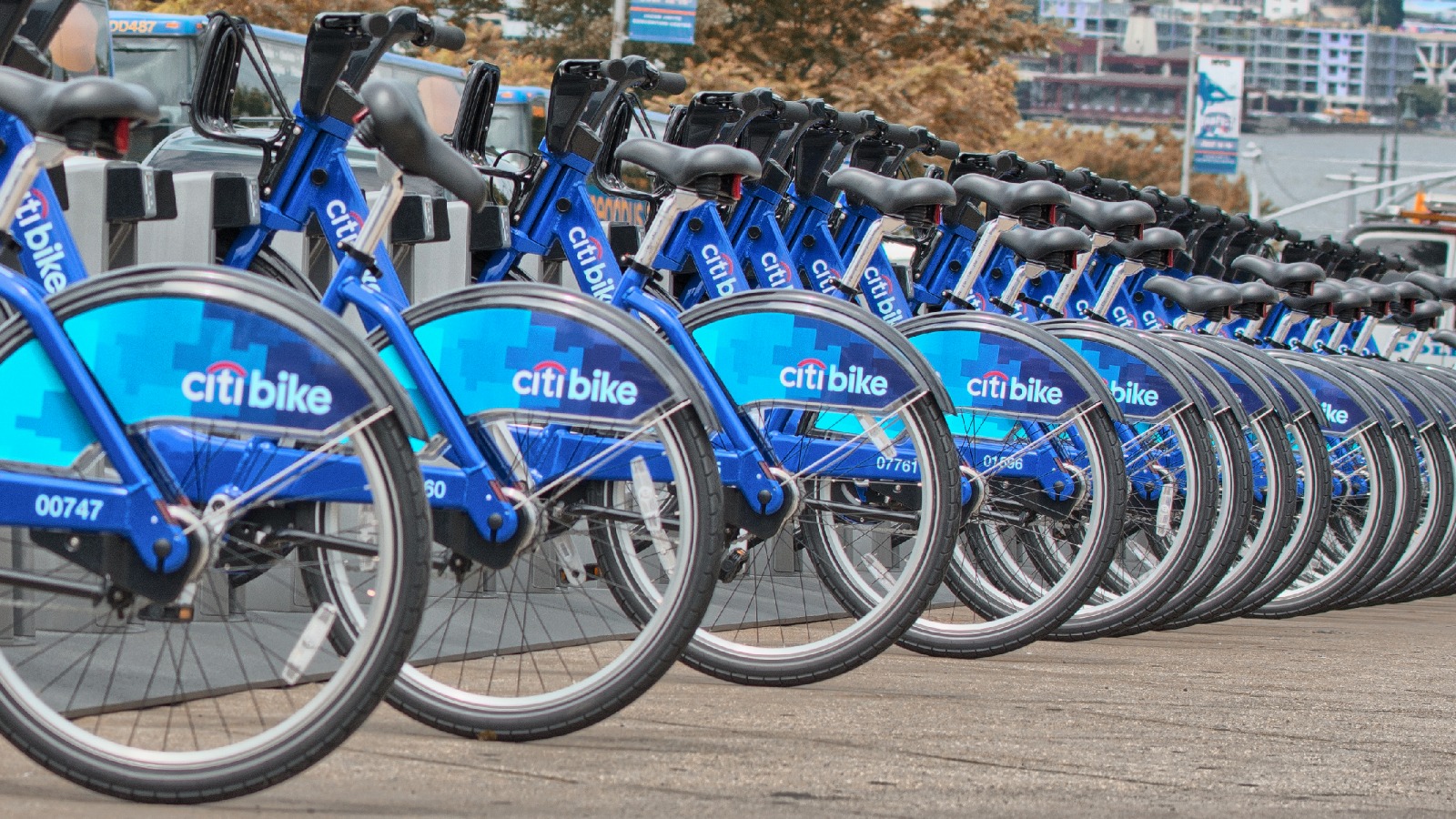That number is zero: Since the nation’s first bikeshare program launched in 2007 in Tulsa, Okla., 36 U.S. cities have followed suit and started sharing programs of their own. Not a single death has been recorded.
Remarkably, that statistic holds true even in major cities like New York where helmets aren’t provided with bikes, says Barbara Goldberg at Reuters. While there isn’t a central database for bikeshare accidents, Goldberg spoke to a range of transportation experts who confirmed the lack of fatalities.
Accident rates from bikeshares are low, too. In New York, out of 10.3 million Citi Bike rides, only 40 people have required medical attention after accidents. Reuters reports:
“It’s like pedaling a tank,” said Thomas Brereton, 53, an accountant from suburban Westchester County who rides a Citi Bike from the Manhattan train station to his Brooklyn office.
That is precisely why bike share riders across the United States remain safe – even after 23 million rides since 2007 through city streets where taxis screech into bike lanes to pick up passengers and texting pedestrians step obliviously into bikeways, experts say.
“The bikes are heavy, with a very low center of gravity, wide tires, drum brakes that keep the braking system dry even in inclement weather, and the bikes are geared so it is difficult to gain considerable speed,” [transportation researcher Susan] Shaheen said.
That’s promising news as bikeshare programs continue to take off around the country. Ride on, bike-sharers, ride on.



